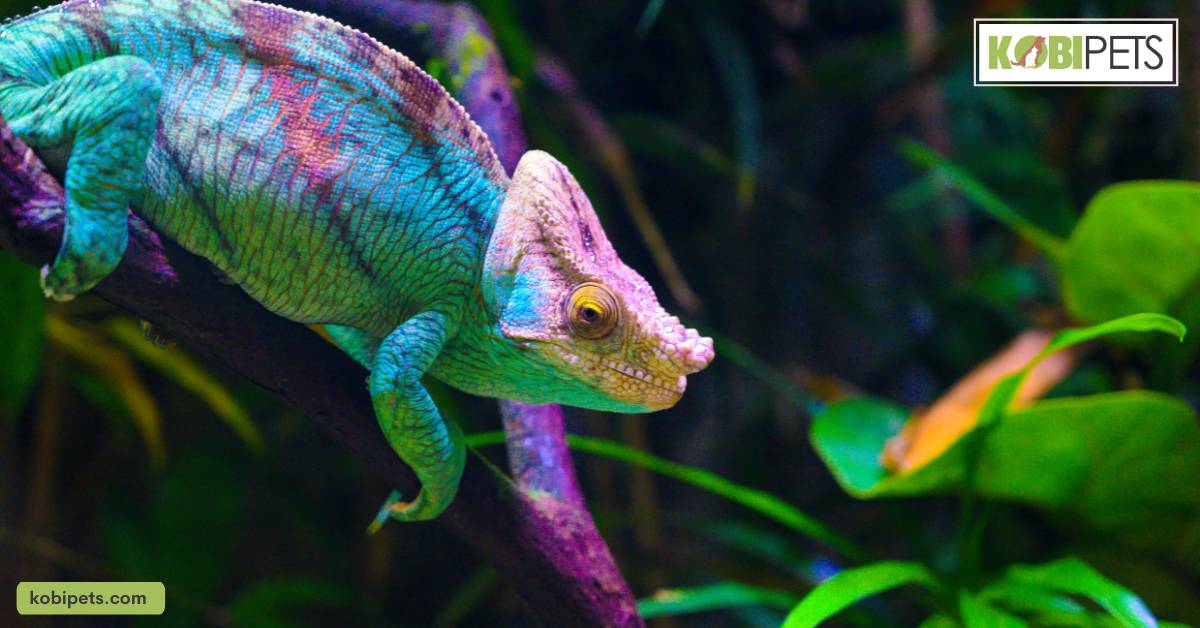
Caring for pet chameleons can be a rewarding experience. These interesting reptiles require specialized housing, diet, and temperature control in order to stay healthy and happy. With the right setup and care, your pet chameleon will enjoy a long and healthy life.
To get started, it is important to understand their natural habitat requirements and what you need to provide for a healthy environment. Read on for tips on how to successfully care for your pet chameleon.
Benefits of Owning a Pet Chameleon
Enrichment
Chameleons are incredibly active and intelligent reptiles, so providing enrichment opportunities for your pet is essential for their physical and mental well-being. Enrichment activities can include climbing structures, puzzles, safe “hideouts” such as vines or logs to explore and climb on, and other interactive activities.
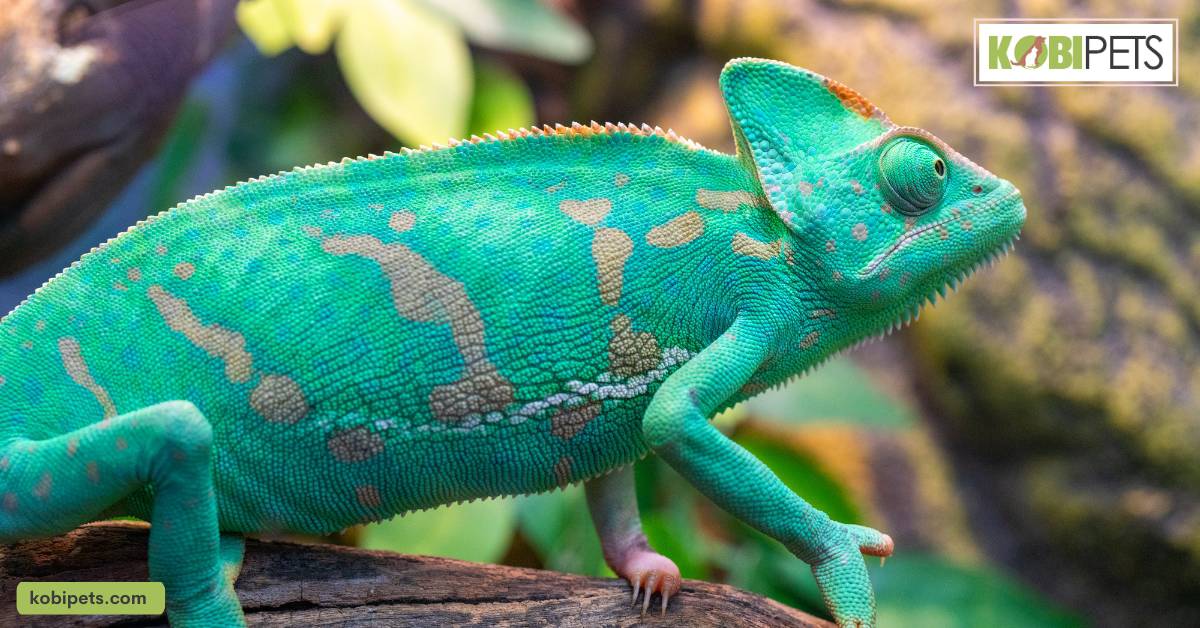
Variety
Chameleons require variety in their diet and love to explore their environment, so it’s important to provide different items for your pet to interact with. This can include providing a variety of live insects such as crickets, mealworms, waxworms, silkworms, etc. as well as providing a variety of foliage and other vegetation for them to climb on.
Companionship
Chameleons are social creatures and thrive when provided with companionship. As such, it is important to provide your pet with plenty of interaction either through direct contact or by using toys and activities that engage their senses. This will help keep your pet happy and content.
Caring for Your Pet Chameleon
Housing and Environment
Providing the proper housing and environment for your pet chameleon is essential for its health and happiness. It’s important to ensure that the enclosure meets all of the necessary requirements, such as having appropriate temperature control, humidity levels, ventilation, substrate, and other elements specific to your chameleon’s needs.
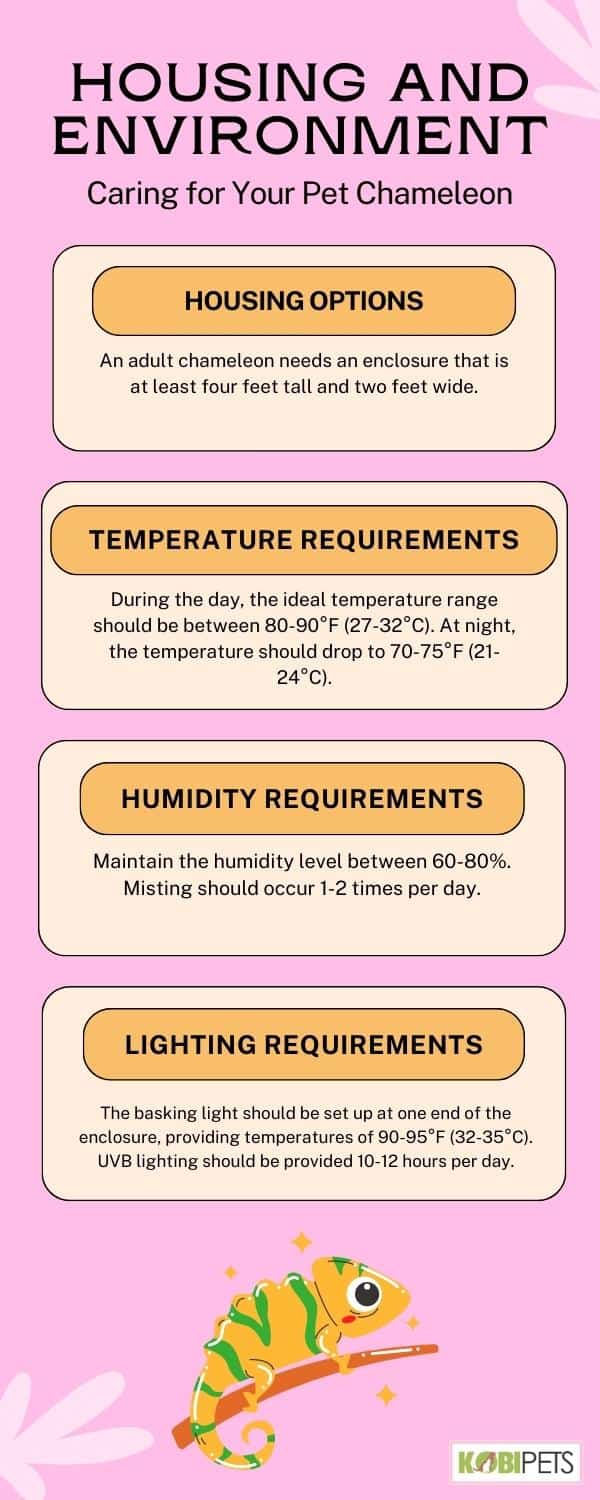
Housing and Environment
Housing Options
When it comes to housing, there are a few key factors to consider. The size of enclosure should be large enough for your pet chameleon to move around comfortably. Generally speaking, an adult chameleon needs an enclosure that is at least four feet tall and two feet wide. It is also important to provide plenty of foliage such as branches and vines for your pet to climb on.
Temperature Requirements
Temperature is one of the most important factors when it comes to caring for pet chameleons. The enclosure should be equipped with both a basking light and UVB lighting to provide your chameleon with the proper temperatures during the day and night.
During the day, the ideal temperature range should be between 80-90°F (27-32°C), with a basking spot of 90-95°F (32-35°C). At night, the temperature should drop to 70-75°F (21-24°C). A digital thermometer is highly recommended to monitor temperatures inside the enclosure.
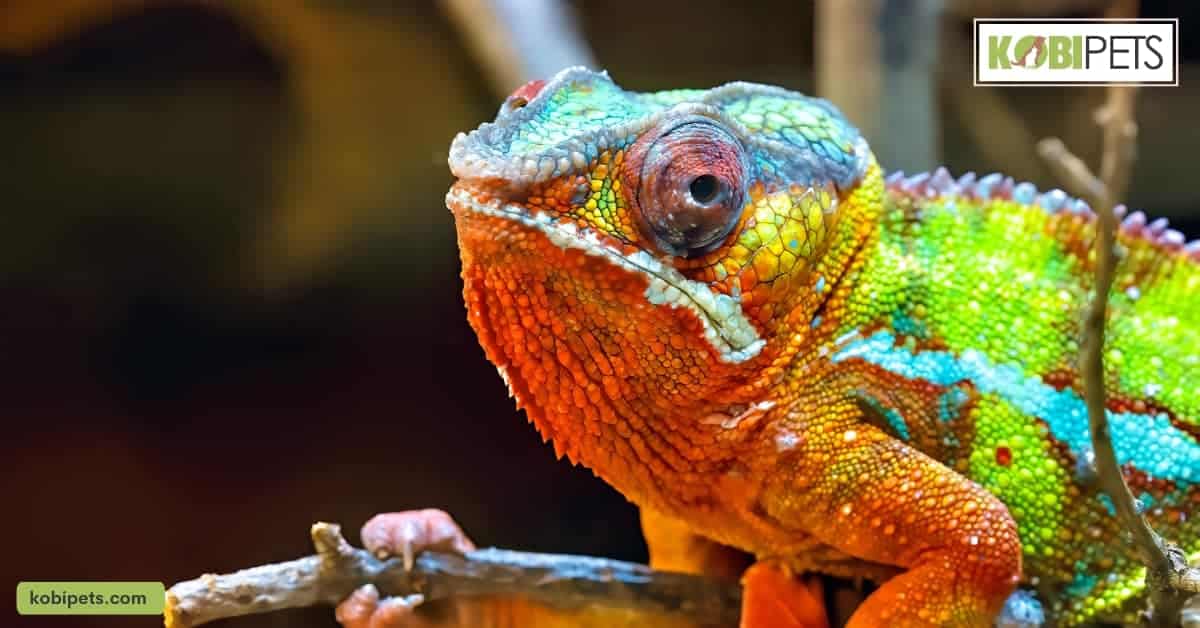
Humidity Requirements
Humidity is another important factor to consider when caring for pet chameleons. The enclosure should be set up with a humidifier or misting system that can maintain the humidity level between 60-80%. Misting should occur 1-2 times per day, and an accurate hygrometer is recommended to help monitor levels.
Lighting Requirements
Lighting is extremely important when it comes to caring for pet chameleons. The enclosure should be equipped with both a basking light as well as UVB lighting to help provide your pet with proper temperatures during the day and night. The basking light should be set up at one end of the enclosure, providing temperatures of 90-95°F (32-35°C).
UVB lighting should be provided 10-12 hours per day, and can either come from natural sunlight or a full spectrum bulb. It is also important to provide your chameleon with some shade in its enclosure to help them regulate its temperature.
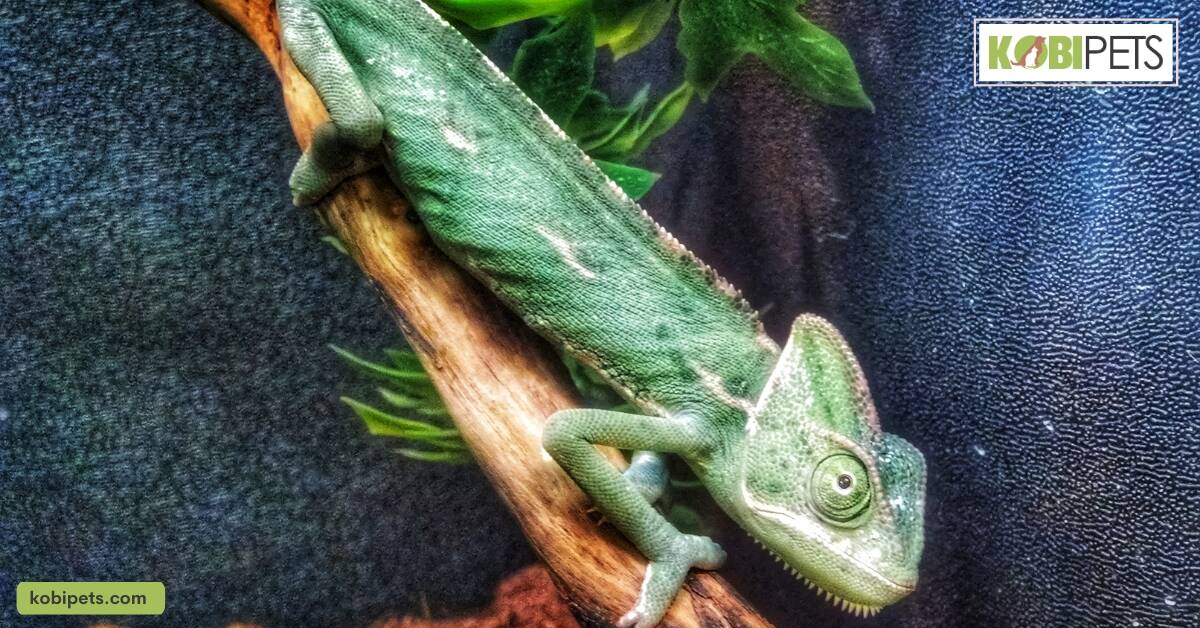
Diet and Nutrition
A proper diet and nutrition are essential for the health of your pet chameleon. Providing a balanced and varied diet will ensure that your pet has access to all the necessary nutrients it needs to stay healthy and happy. Read on for tips on how to feed your pet chameleon.

Diet and Nutrition
Recommended Foods
The diet of your pet chameleon should consist mainly of live insects such as crickets, mealworms, waxworms, and silkworms. A variety of fruits and vegetables can also be offered on occasion to provide additional nutrition. It is important to ensure that all food items are appropriately sized for your pet chameleon and can be easily caught and eaten.
Feeding Guidelines
It is important to determine the number of daily feedings based on your pet’s size and age. Generally speaking, juvenile chameleons should be fed 1-2 times per day while adult chameleons can be fed once every other day. It is also important to provide an appropriate amount of food for each feeding that is based on the size of your pet.
In addition to providing live insects, it is important to dust food items with a calcium and vitamin D3 supplement at least twice per week. This will help ensure that your pet chameleon receives all the essential vitamins and minerals it needs for optimal health.
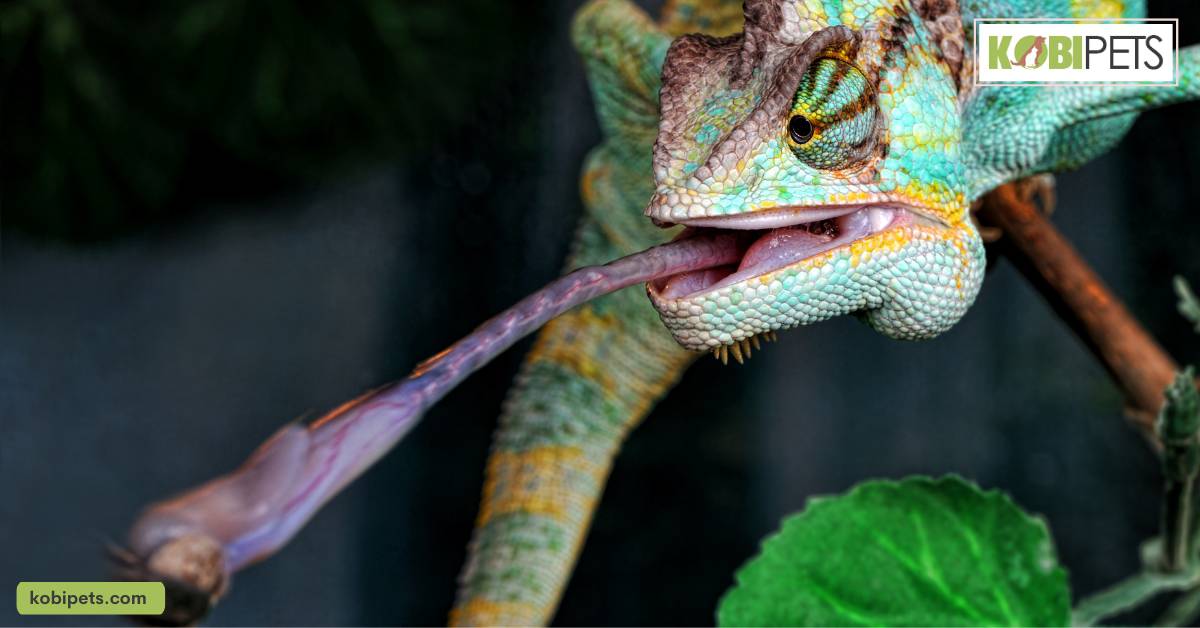
Water Requirements
Providing your pet chameleon with fresh, clean water is essential for its health and well-being. It is important to provide a shallow dish or container filled with clean, filtered water in the enclosure at all times. The dish should be large enough for your pet to easily access the water and be easy to remove and refill when necessary.
Handling and Interaction
In order to ensure the well-being of your pet chameleon, it is important to provide regular handling and interaction. Proper handling techniques will help reduce stress and encourage bonding with your pet.
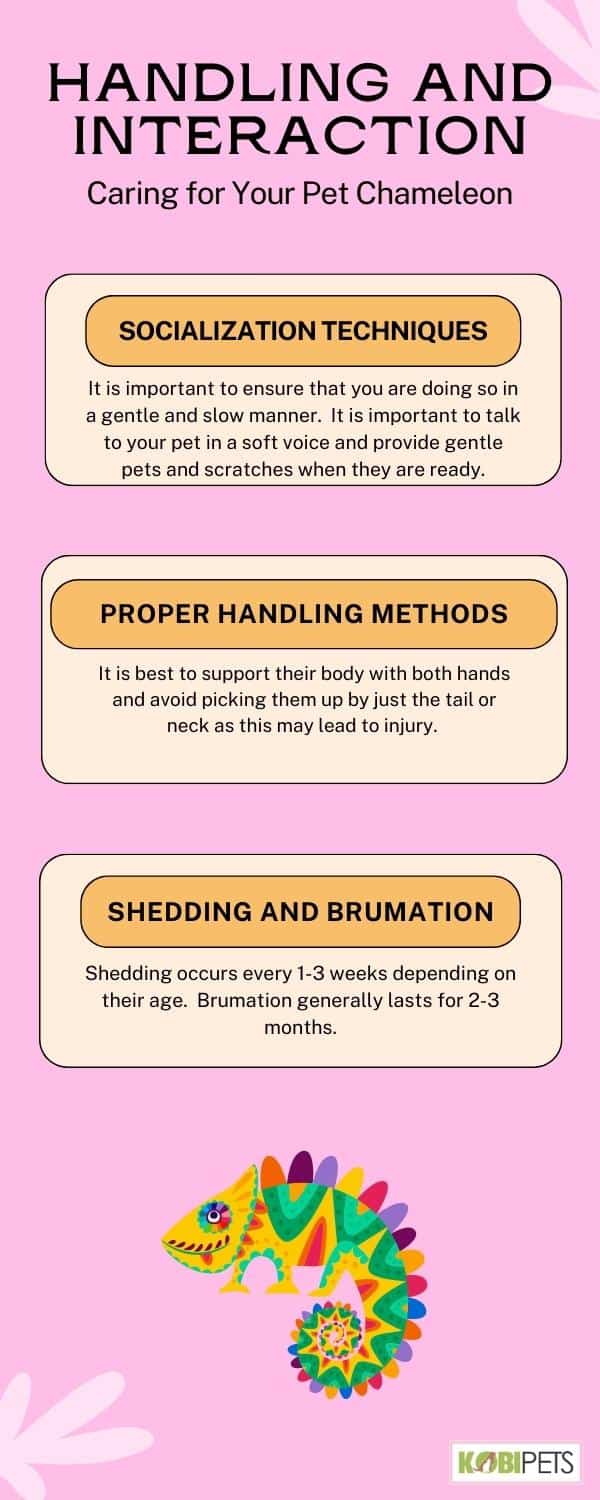
Handling and Interaction
Socialization Techniques
When handling your pet chameleon, it is important to ensure that you are doing so in a gentle and slow manner. An easy way to start is by offering your hand as an item for the chameleon to explore. Once they become comfortable with their surroundings, start slowly moving your hand around them, taking care not to make any sudden movements that may startle them.
Additionally, it is important to talk to your pet in a soft voice and provide gentle pets and scratches when they are ready. This will help build trust with your pet chameleon and make them more comfortable with being handled.
Proper Handling Methods
When handling your pet chameleon, it is important to use proper techniques. It is best to support their body with both hands and avoid picking them up by just the tail or neck as this may lead to injury.
Additionally, take care not to grab onto any of their limbs too tightly as this can cause discomfort. When lifting your pet, it is best to do so from underneath their body and close to the neck. This will help provide support and reduce any stress or anxiety.
It is also important to ensure that your hands are clean before handling your pet chameleon as this may help reduce the risk of transferring bacteria or germs. It is best to always practice caution when handling your pet and stop if they seem distressed or uncomfortable.
Overall, it is important to be patient and gentle when handling your pet chameleon. With proper care and the right setup, you can ensure that your pet will enjoy a long and happy life.
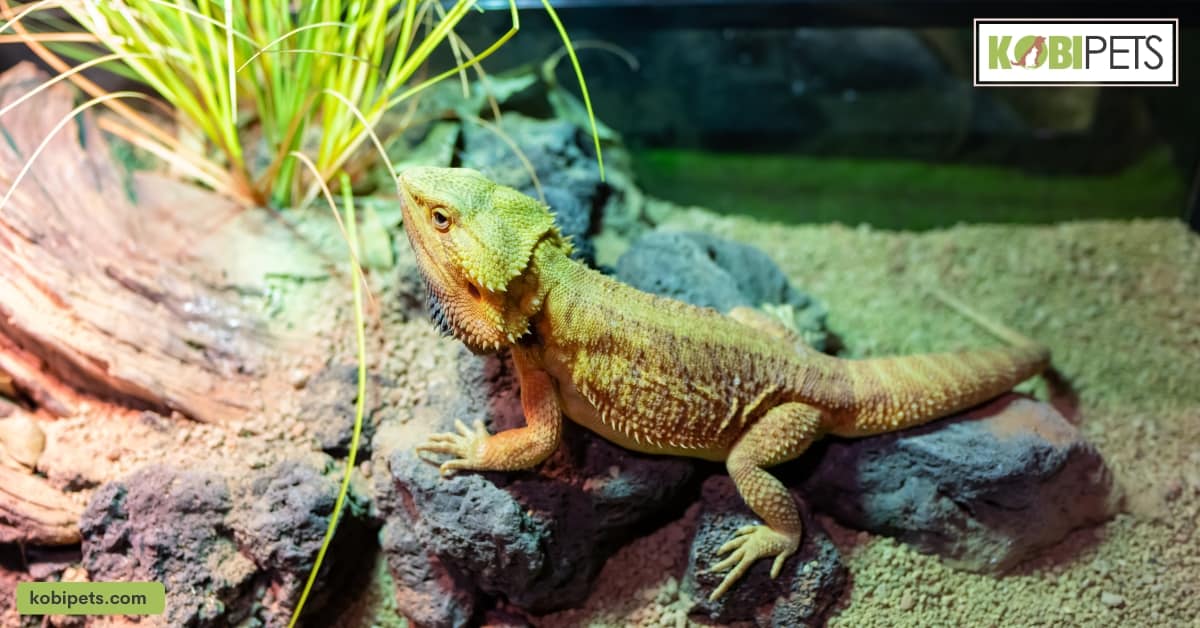
Shedding and Brumation
Shedding and brumation are two important processes that your pet chameleon will go through during its life. Shedding occurs when the reptile sheds its old skin in order to grow and this generally happens every 1-3 weeks depending on their age.
During the shedding process, it is important to provide a humid environment by misting the enclosure 1-2 times per day for about 10-15 minutes each time.
Brumation is a natural process that your chameleon will go through in the winter months when temperatures drop and daylight hours become shorter. During this period, their metabolism slows down and they may become less active.
It is important to provide a cooler environment during this time and to reduce the amount of daytime light. Brumation generally lasts for 2-3 months, after which your pet will become more active again.
Overall, it is important to understand these natural processes that your pet chameleon goes through in order to ensure their health and happiness. It is also important to provide the right environment and handle them gently during these times. With proper care and interaction, your pet chameleon can enjoy a long and healthy life.
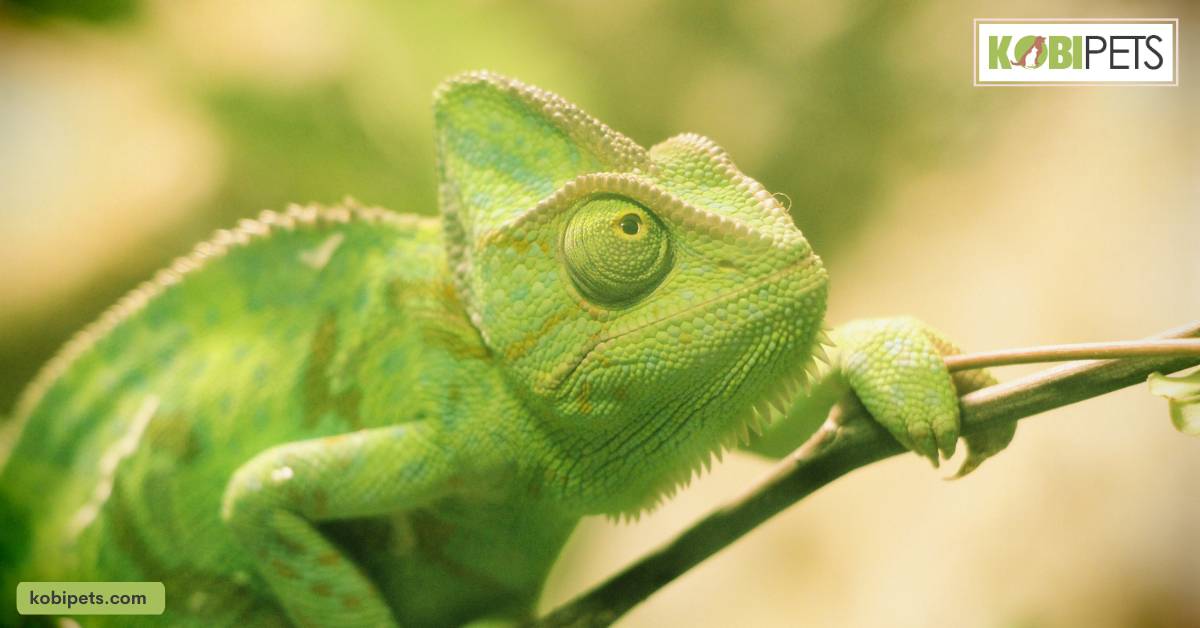
Health Care Considerations
Health care considerations are an important part of caring for pet chameleons. Regular monitoring and health checks should be done to ensure your pet is receiving the proper nutrition, environment, and care it needs to stay healthy and happy. Below are some key healthcare considerations to keep in mind when caring for your pet chameleon.
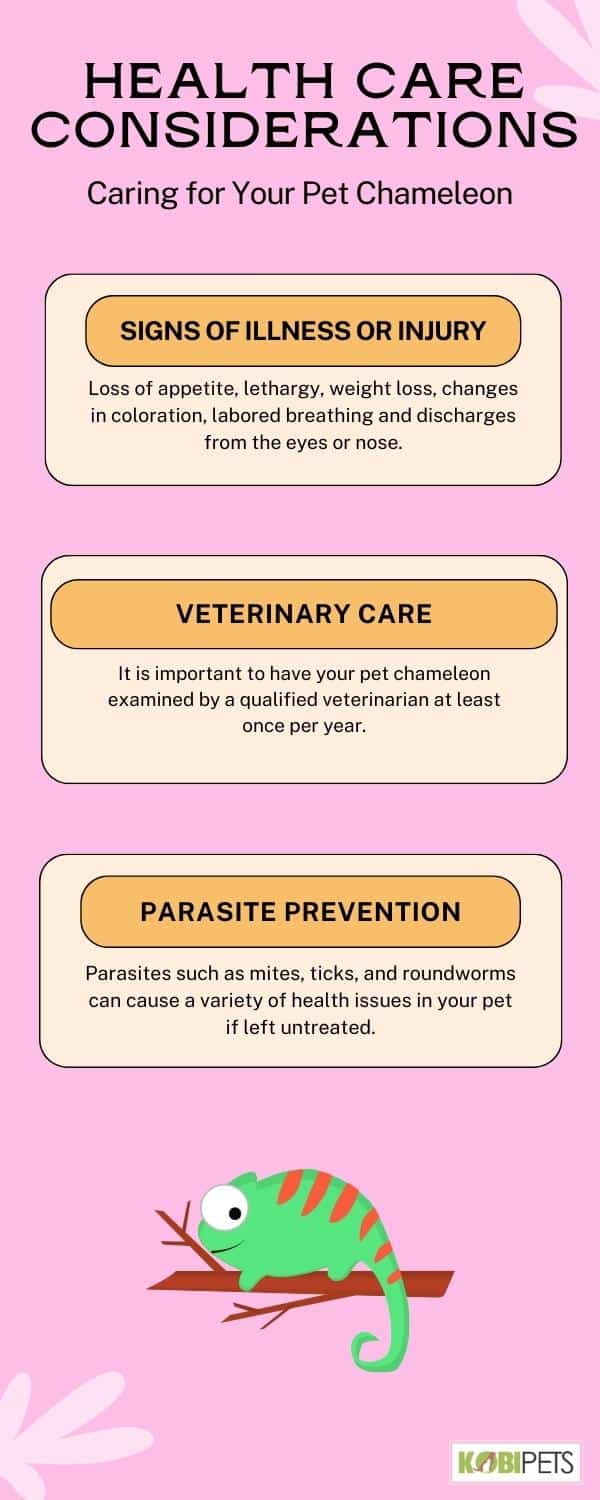
Health Care Considerations
Signs of Illness or Injury
Signs of illness or injury in pet chameleons can include loss of appetite, lethargy, weight loss, changes in coloration, labored breathing, and discharges from the eyes or nose. If you notice any of these signs in your pet chameleon it is important to take them to a veterinarian for a health check as soon as possible.
Veterinary Care
It is important to have your pet chameleon examined by a qualified veterinarian at least once per year. The vet will be able to assess the overall health of your pet and provide advice on any potential issues that may arise.
A physical examination should include checking for parasites, testing for metabolic diseases such as diabetes or kidney disease, and assessing their diet and nutrition. It is also important to discuss any environmental changes that might need to be made in order to ensure your pet has the best care possible.
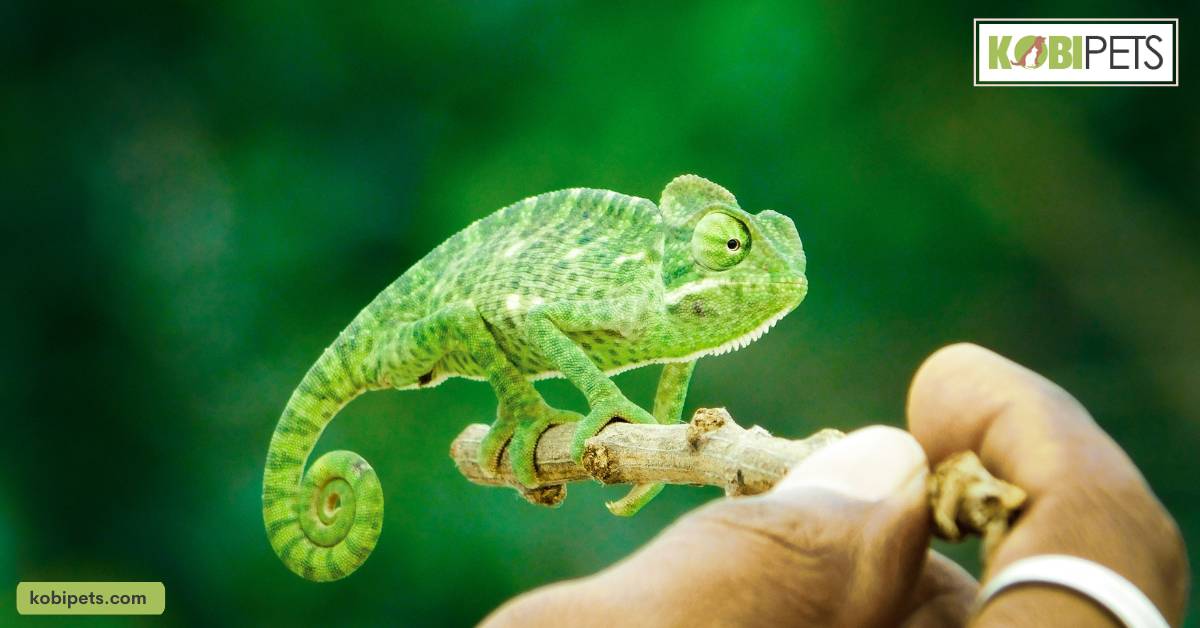
Parasite Prevention
Parasite prevention is an important part of caring for pet chameleons. Parasites such as mites, ticks, and roundworms can cause a variety of health issues in your pet if left untreated. To help prevent any parasites from taking hold, it is important to regularly check your pet’s enclosure and bedding for any signs of infestation.
Additionally, it is important to understand the symptoms associated with parasites in pet chameleons, such as loss of appetite, dull appearance, weight loss, and changes in coloration. If you notice any of these signs, it is important to take your pet to a veterinarian immediately for treatment.
Cleaning the Terrarium
Properly caring for your new pet chameleon requires more than just feeding and water; it also means keeping its environment clean. Cleaning a terrarium can seem daunting, but with the right tools and knowledge, it can be an easy task.
Use soap and warm water to scrub the glass walls; this helps get rid of any bacteria that may have built up. Next, remove all substrate, decorations, and hides from the terrarium before wiping them down with a damp cloth or paper towel.
Finally, replace all substrate, as well as any soiled paper towels or decorations. Remember to rinse off any decorations in freshwater before reinstalling them! Caring for your pet chameleon’s terrarium is vital to ensure they remain healthy throughout their lifetime.
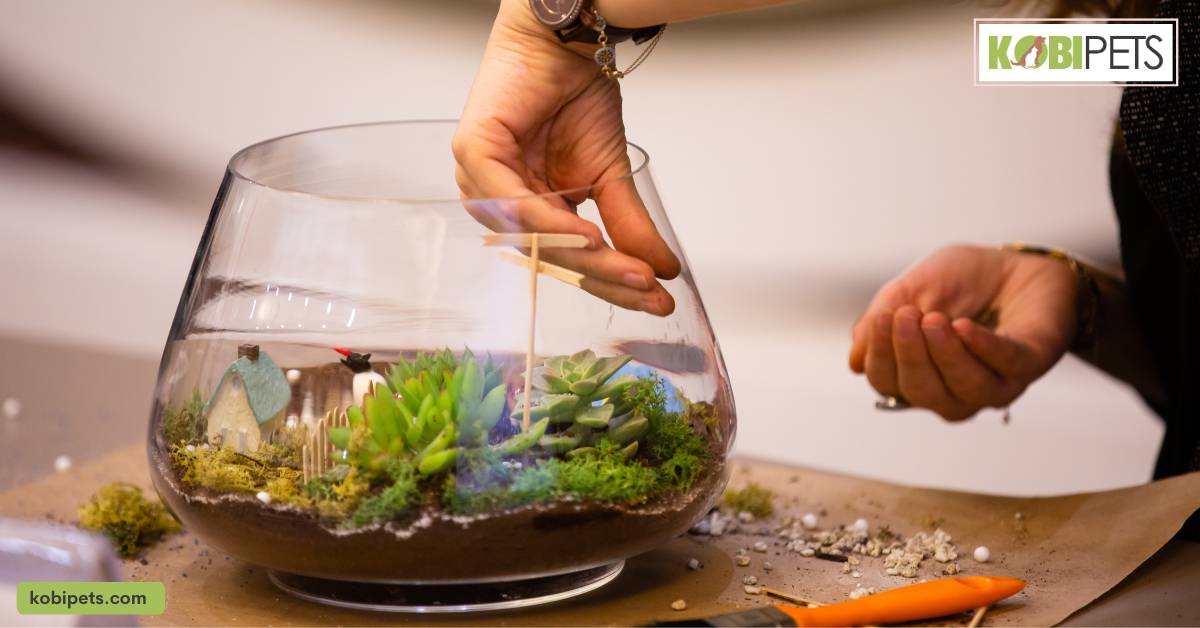
In Conclusion
Caring for your pet chameleon is essential to ensure its health and happiness. Creating the right environment with the proper temperatures, humidity levels, lighting, nutrition, and companionship will help keep your pet content and healthy.
Additionally, regularly monitoring their health and engaging in regular interaction with them are key factors for a happy pet.






